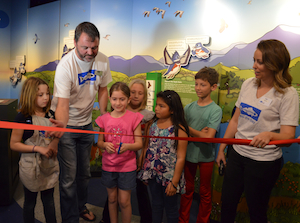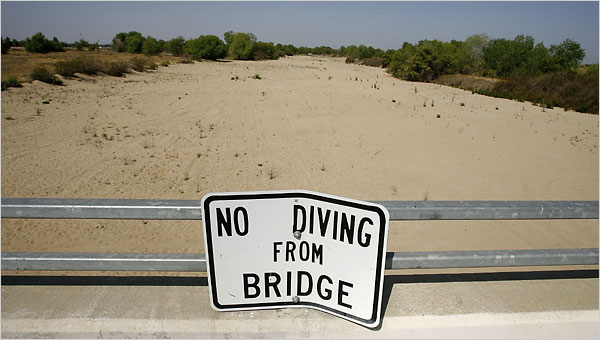More Information
THE ISSUE
Many don’t realize it, but Santa Monica Bay may soon be opened up to oil drilling
The City of Hermosa Beach currently has a moratorium in place that prohibits oil drilling. After years of legal battles, a settlement was reached between E&B Natural Resources and the City of Hermosa Beach that could potentially allow the community to be opened up to oil drilling by putting the moratorium up for reconsideration. Hermosa Beach residents will vote next March on a ballot measure to allow slant-drilling into the Bay. E&B Natural Resources wants to erect an 87-foot drilling rig and up to 34 wells on a 1.3-acre plot in a residential neighborhood, extracting up to 8,000 barrels of oil each day by slant-drilling under the seafloor and surrounding beach communities.
If voters repeal the existing moratorium on drilling, the City would have to pay $3.5 million to E&B, and the company would pursue permitting for the proposed oil drilling operation. If voters uphold the moratorium, drilling would be barred. But the city would have to pay $17.5 million to E&B under a complex settlement brokered by past city councils.
THE PROBLEM
Oil drilling off Hermosa Beach poses significant environmental and economic risks throughout the Bay
An oil spill isn’t restricted to city limits. With nearly 50 million annual visits to Bay beaches and a coastal economy worth over $10 billion, a spill off Hermosa Beach would be a financial and ecologic nightmare for all of Los Angeles. As the Deepwater Horizon disaster showed, it can take years for local ecosystems, economies and psyches to recover from a spill.
Oil drilling off Hermosa Beach would jeopardize public health
With the project site in close proximity to schools, parks, businesses and popular beaches, public health impacts are a major concern. Approximately 49% of the City’s residents live within 1/2 mile of the drilling site. Drilling near homes and pipes placed along busy streets put residents and visitors at risk from explosions, toxic flares and air and noise pollution.
Oil drilling off Hermosa sets a dangerous precedent for further exploitation of our Bay
Thanks to the hard work of Heal the Bay and its partners, there are no oil drilling operations in the Bay. Lifting the moratorium and allowing drilling to proceed in Hermosa is like opening Pandora’s Box. Other oil and gas companies may be emboldened to pursue similar drilling projects, rolling back years of hard-fought coastal protections.
THE SOLUTION
Uphold the moratorium
Voters naturally worry about paying off an oil company $17.5 million because of a bad agreement negotiated in the past. But Hermosa Beach is financially sound and has more than $6.2 million already set aside to cover the settlement cost. It’s better to settle a bad debt now than mortgage the future health of our Bay for decades to come.
Advocate for policies to prevent future slant drilling along entire Los Angeles coast
Our policy staff is now documenting the history of oil drilling moratoriums in all Santa Monica Bay cities and assessing energy policies in bordering cities. We are also using our technical expertise to evaluate risks to the community and environment. Heal the Bay successfully fought to enact the current moratorium in 1995, but now seeks a regional approach to stop drilling.
Worried about the prospect of oil drilling in our Bay? Sign up to stay informed.



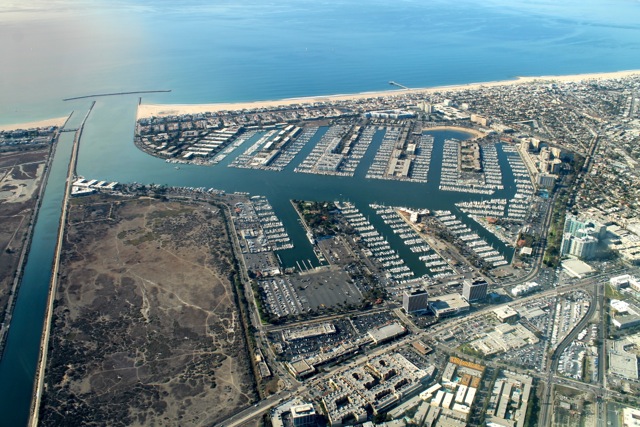 Marina del Rey is now on the Clean Water Act Section 303(d) list of impaired waterbodies for a variety of pollutants (chlordane, copper, lead, zinc, PCBs, DDT, dieldrin and sediment toxicity). Accordingly, many beneficial uses of the Harbor, such as water contact recreation, fishing and marine habitat, are negatively impacted.
Marina del Rey is now on the Clean Water Act Section 303(d) list of impaired waterbodies for a variety of pollutants (chlordane, copper, lead, zinc, PCBs, DDT, dieldrin and sediment toxicity). Accordingly, many beneficial uses of the Harbor, such as water contact recreation, fishing and marine habitat, are negatively impacted.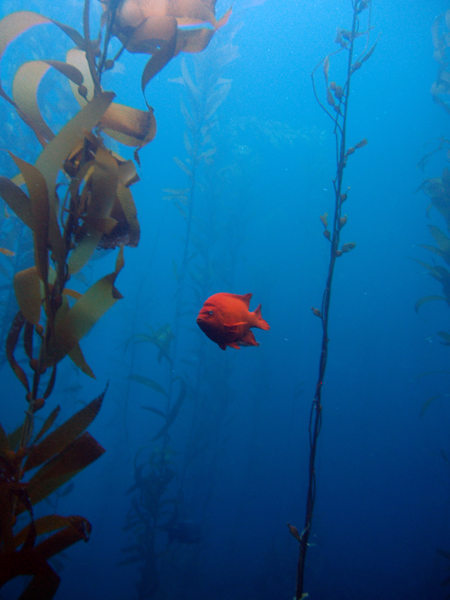 A few weeks ago I had the incredible opportunity to fly in a four-passenger, single engine airplane over L.A.’s beautiful coast. The flight was provided by
A few weeks ago I had the incredible opportunity to fly in a four-passenger, single engine airplane over L.A.’s beautiful coast. The flight was provided by 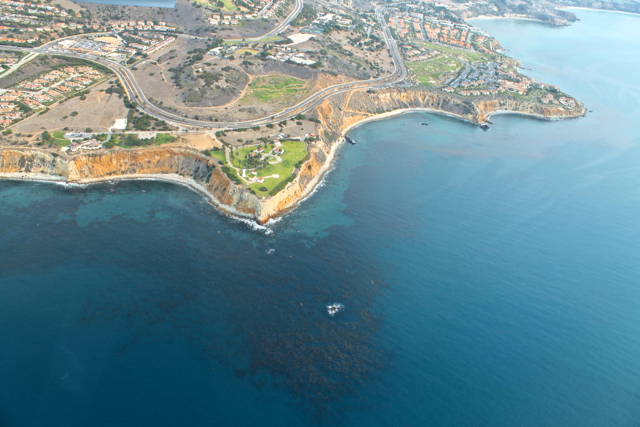
 Yes, people will criticize it from both sides – as either going too far, or not far enough. But this afternoon at the press conference at a manufacturing plant in Vernon it was heartening to see voices from labor, manufacturers, community groups and the environment come together. Everyone can rally around a solution that shows that California continues to lead on issues that are good for the environment
Yes, people will criticize it from both sides – as either going too far, or not far enough. But this afternoon at the press conference at a manufacturing plant in Vernon it was heartening to see voices from labor, manufacturers, community groups and the environment come together. Everyone can rally around a solution that shows that California continues to lead on issues that are good for the environment 